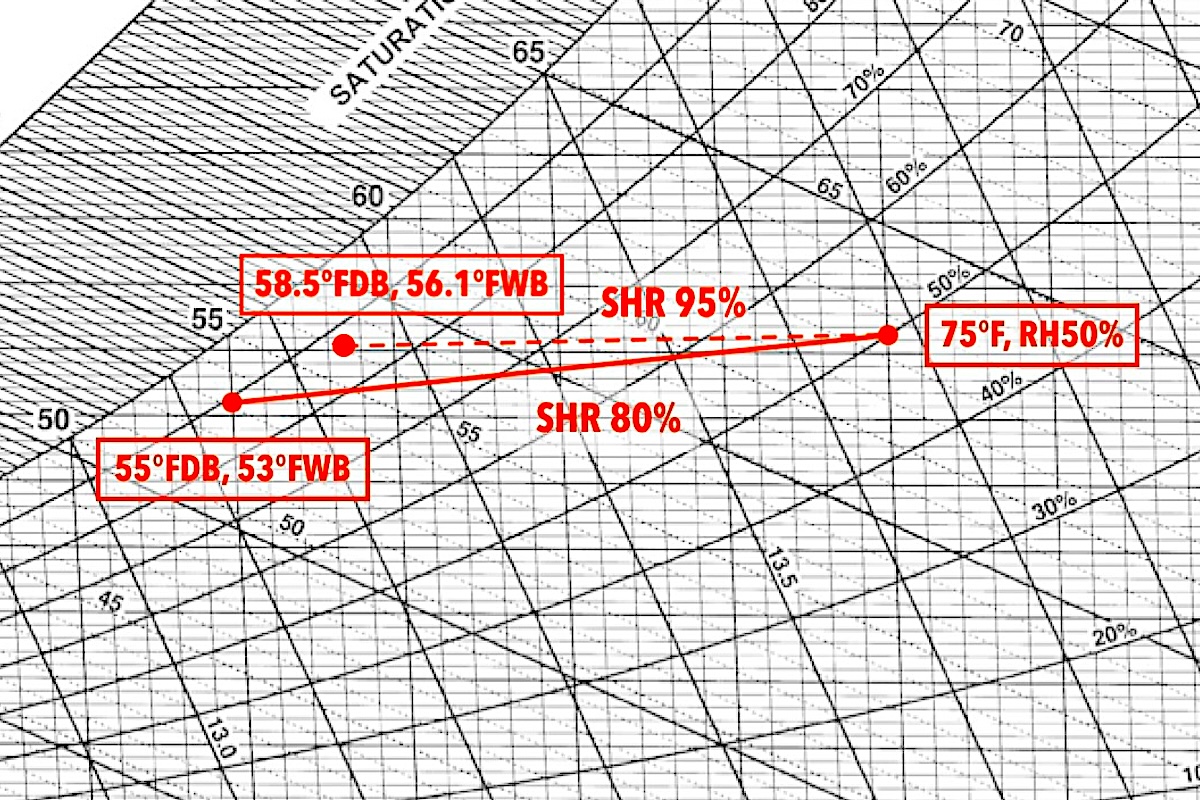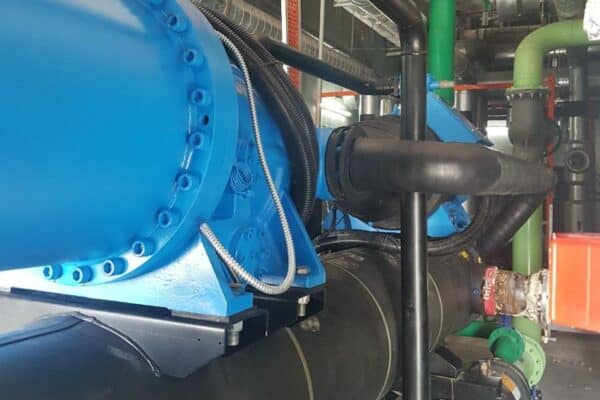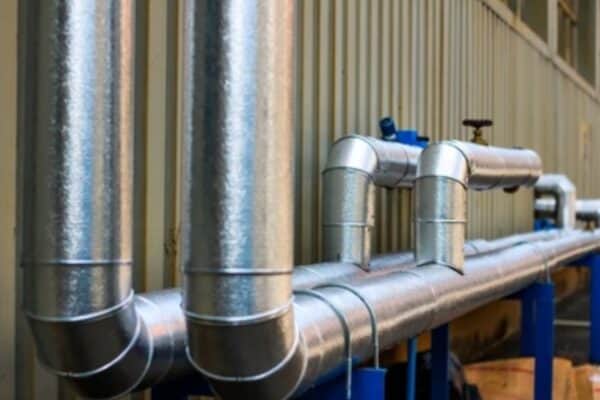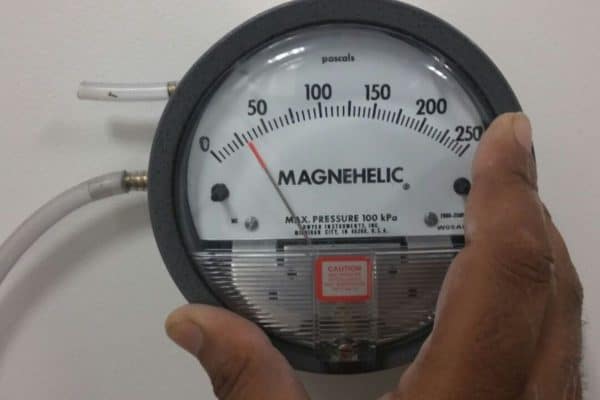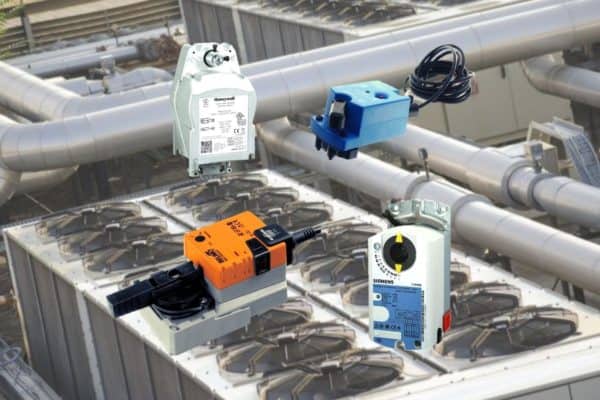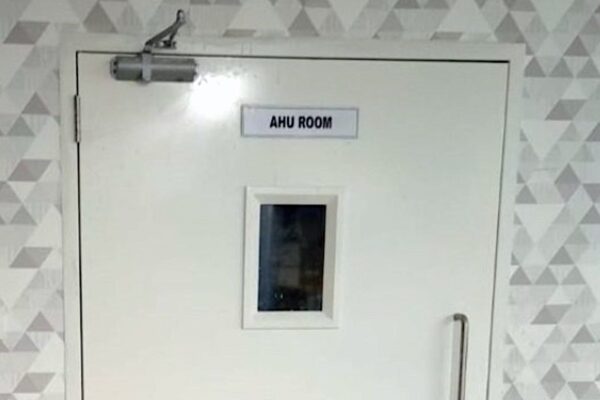Sensible Heat Ratio: Formula, Calculation & Psychrometric
Engineers who are dealing with air conditioning and psychrometrics often come across the term sensible heat ratio. It is said to be one of the most important parameters in HVAC. So, what is sensible heat ratio?
Sensible heat ratio (SHR) is the ratio between the sensible heat and the total heat. SHR is expressed in percentage and it is calculated by dividing the sensible heat by the total heat. SHR 80% means the sensible heat is 80% of the total heat while the other 20% is latent heat.
The sensible heat ratio formula is expressed as:
SHR = QS / (QS + QL)
SHR = Sensible Heat / (Sensible Heat + Latent heat)
SHR = Sensible Heat / Total Heat
In practice, sensible heat ratio lets us find the required supply air temperature based on the desired room temperature and the sensible heat load present in the room.
What is Sensible Heat?
Sensible heat is the heat that can cause an object’s temperature to rise.
Sunlight, lamps, people, printers, laptops, microwaves, ovens and other office equipment and cooking appliances emit sensible heat. The heat emitted by these equipment and appliances will raise the temperature of the room.
On the other hand, latent heat is the heat involved during phase change (e.g.: from vapor to liquid). If there is a lot of moisture in the air, we say the latent heat is high.
Apart from emitting sensible heat, people also emit latent heat. Meaning people release moisture into the air, causing more moisture need to be removed by the HVAC equipment.
How to Calculate Sensible Heat?
The purpose of calculating sensible heat is for HVAC equipment sizing. Sensible heat is contributed by multiple heat sources including windows, walls, lightings, people and office appliances.
For each heat source, the sensible heat is calculated differently.
Nonetheless, one of the most popular sensible heat formulas is:
Qs = 1.08 x CFM x ΔT
where,
Qs = Sensible heat, btu/hr
CFM = Airflow in cubic feet per minute
ΔT = Room temperature – supply air temperature, °F
The 1.08 in the sensible heat formula is the product of the density of air (0.075 lb/ft3), specific heat of air (0.24 btu/lb/°F) and the conversion from cubic feet per hour to cubic feet per minute (60).
The original form of the sensible heat formula is:
Qs = mcΔT
Qs = (ρv)cΔT
Qs = (0.075 x 60 x 0.24) x CFM x ΔT
Qs = 1.08 x CFM x ΔT
where,
Qs = Sensible heat, btu/hr
ρ = Density of air, lb/ft3
v = Velocity of air, ft/hr
c = Specific heat of air, btu/lb/°F
ΔT = Room temperature – supply air temperature, °F
In practice, the 1.08 x CFM x ΔT is not a feasible formula to calculate sensible heat because the CFM is unknown. In fact, it should be the opposite where the sensible heat is first determined and then use the said formula to calculate the CFM.
Sensible Heat Calculation Example – Interior Wall
The sensible heat of an interior wall (not exposed to the sunlight) can be calculated using the following formula:
Qs = UA( to– ti )
where,
Qs = Sensible heat, btu/hr
U = Coefficient of heat transfer (U-value), btu/hr/ft2/°F
A = Surface area of the wall, ft2
to = Adjacent space average dry-bulb temperature, °F
ti = Indoor design dry-bulb temperature, °F
For example, a curtain wall that has a layer of R-5 insulation sandwiched between two layers of bricks has a combined U-value of 0.124 btu/hr/ft2/°F. Given that the surface area of the wall is 150 ft2, the adjacent space temperature is 90°F and the design indoor temperature is 75°F, the sensible heat emitted by the wall is:
Qs = UA( to– ti )
Qs = (0.124)(150)(90-75)
Qs = 279 btu/hr
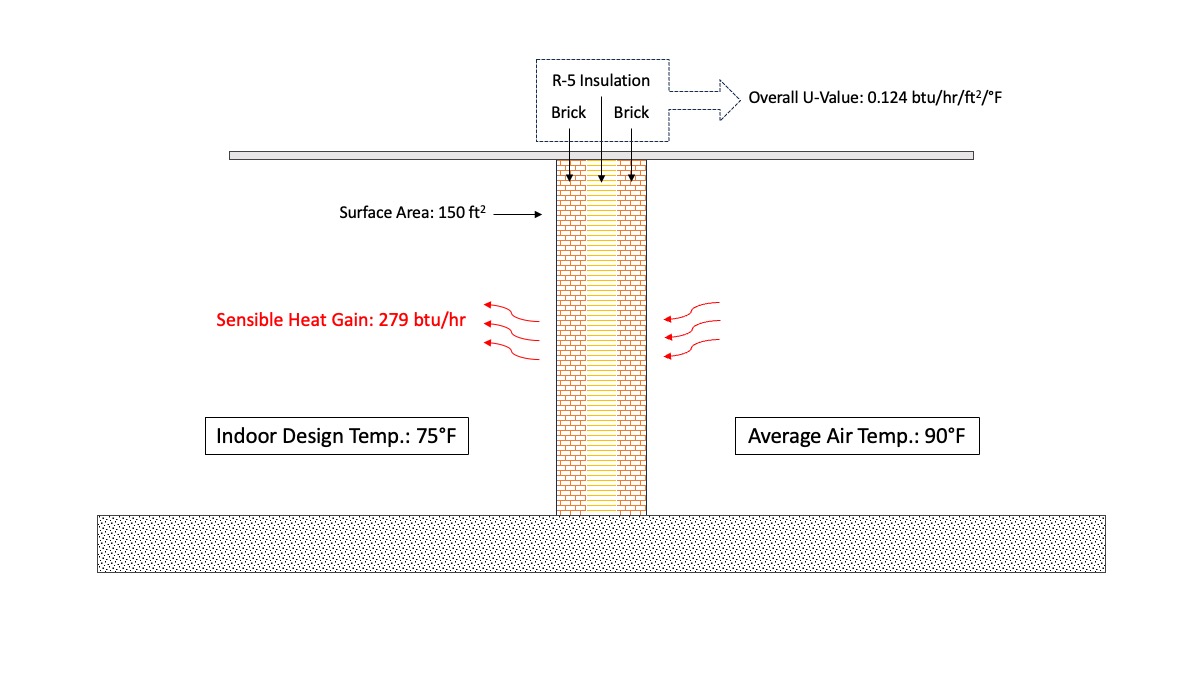
In the above example, the sensible heat gain through that particular interior wall is 279 btu/hr. Typically, a room has 4 walls. So, the sensible heat gain from other walls must also be calculated.
Furthermore, the sensible heat gain through windows, doors, roof and floor must also be taken into account. Finally, the sensible heat gain due to internal components such as lighting, people and equipment must be included to obtain the total sensible heat.
The process of obtaining the sensible and latent heat from various sources in a room/building is known as load calculation. If you’re interested to learn to perform the calculation, check out my RTS Cooling Load Calculation Course.
People Sensible Heat
How much heat a person is emitting is depending on the degree of activity. The greater the degree of activity, the higher the heat emission.
For instance, a person playing bowling in the bowling alley emits 580 btu/hr of sensible heat and 870 btu/hr of latent heat while a person sitting in an office doing light computer work emits 245 btu/hr of sensible heat and 155 btu/hr of latent heat.
Lighting Sensible Heat
The sensible heat emitted by lamps can be estimated using the lighting power density. Certain places like offices have similar lighting density.
For example, an open-plan office has a lighting power density of 0.98 W/ft2. If the floor area is 1000 ft2, the total lighting wattage is 980 W and the sensible heat is 3344 btu/hr (multiply 980 by 3.412).
However, the sensible heat calculated for people and lighting is not instantaneous and therefore, cannot be taken as the sensible heat for equipment sizing. We must account for the delay in the sensible heat transfer in order to accurately size the HVAC equipment.
Using Sensible Heat Ratio in Psychrometric Chart
Sensible heat ratio is a particularly important parameter to obtain when designing HVAC equipment. When plotted on the psychrometric chart, sensible heat ratio can tell us what is the required supply air temperature.
In the psychrometric chart, the sensible heat ratio represents the slope from the supply air temperature to the room temperature. The protractor in the chart allows us to plot the angle of the slope based on the sensible heat ratio.
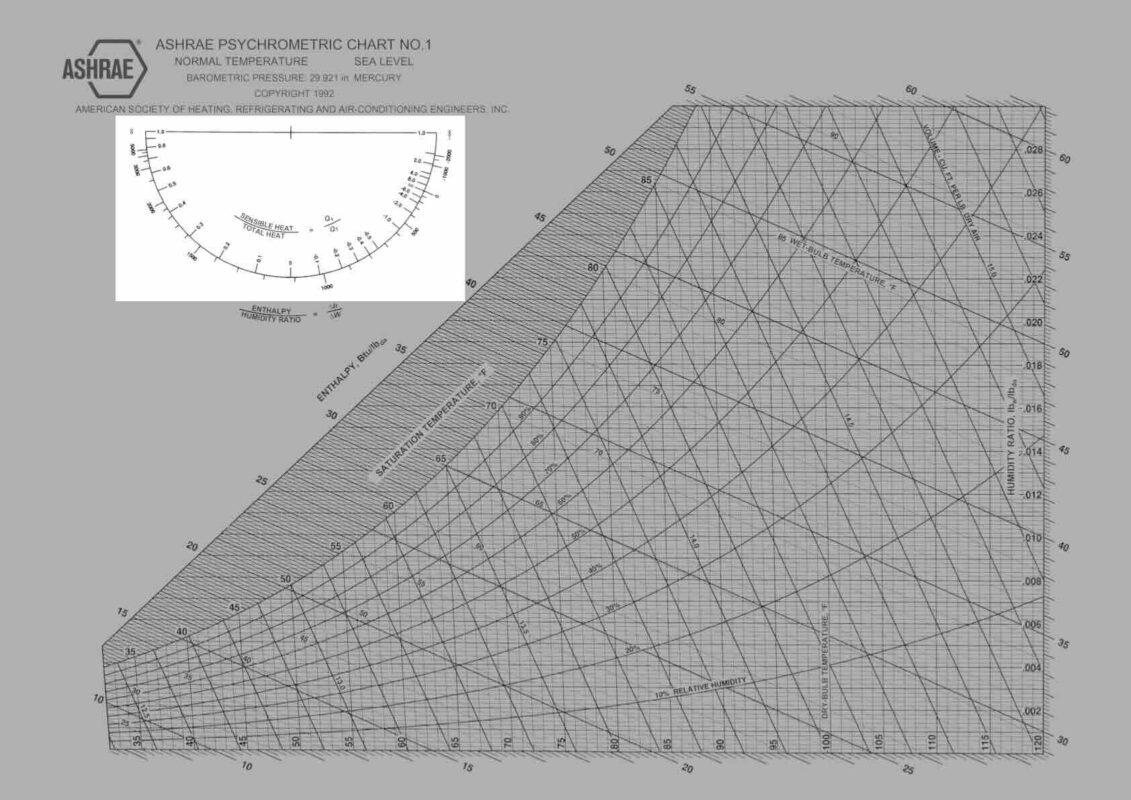

The sensible heat ratio starts at 0% at the center of the protractor (0°) and turns clockwise as the percentage increases. At 180°, the sensible heat ratio is 100%.
When connecting the sensible heat ratio slope to the desired room conditions, the supply air temperature can be determined.
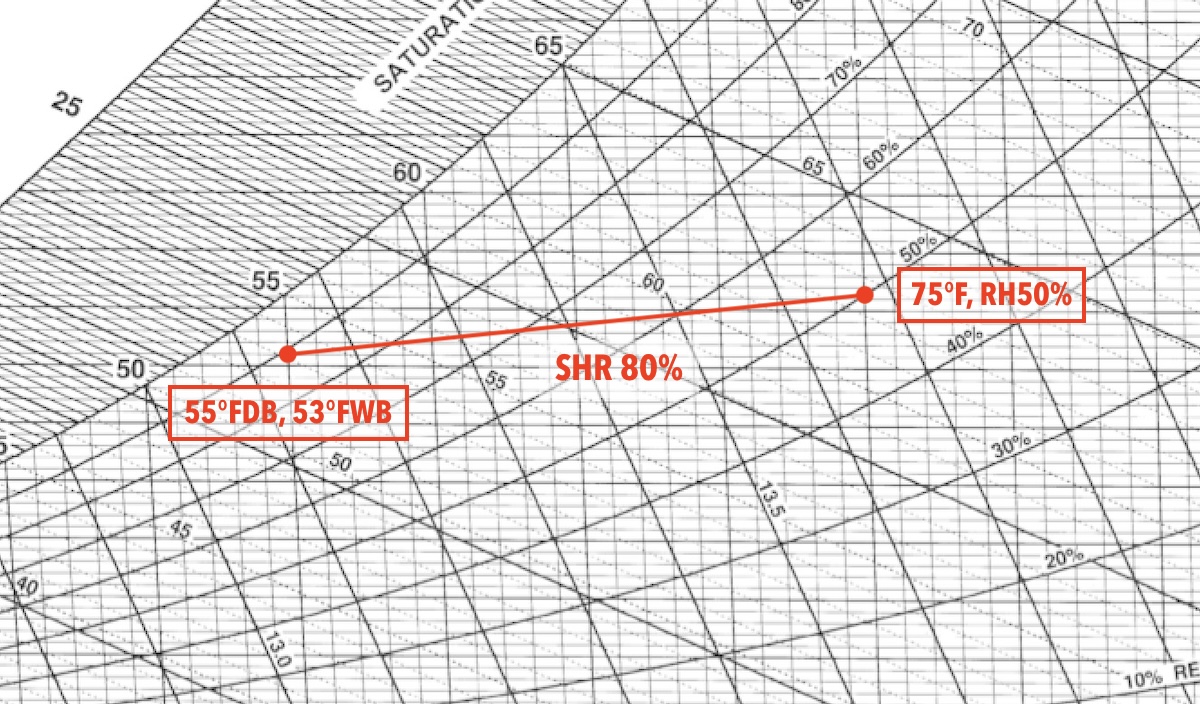
A typical room conditions is 75°F at 50% relative humidity. With a sensible heat ratio of 80%, the supply air temperature is required to be 55°FDB and 53°FWB.
Therefore, it is important to understand and calculate the sensible heat ratio so that the optimal supply air temperature can be determined for the subsequent cooling coil sizing.
What Does High Sensible Heat Ratio Mean?
When the sensible heat ratio is high, it means the latent heat is relatively lower. With a high sensible heat ratio, the supply air temperature can be increased given the same target room conditions.
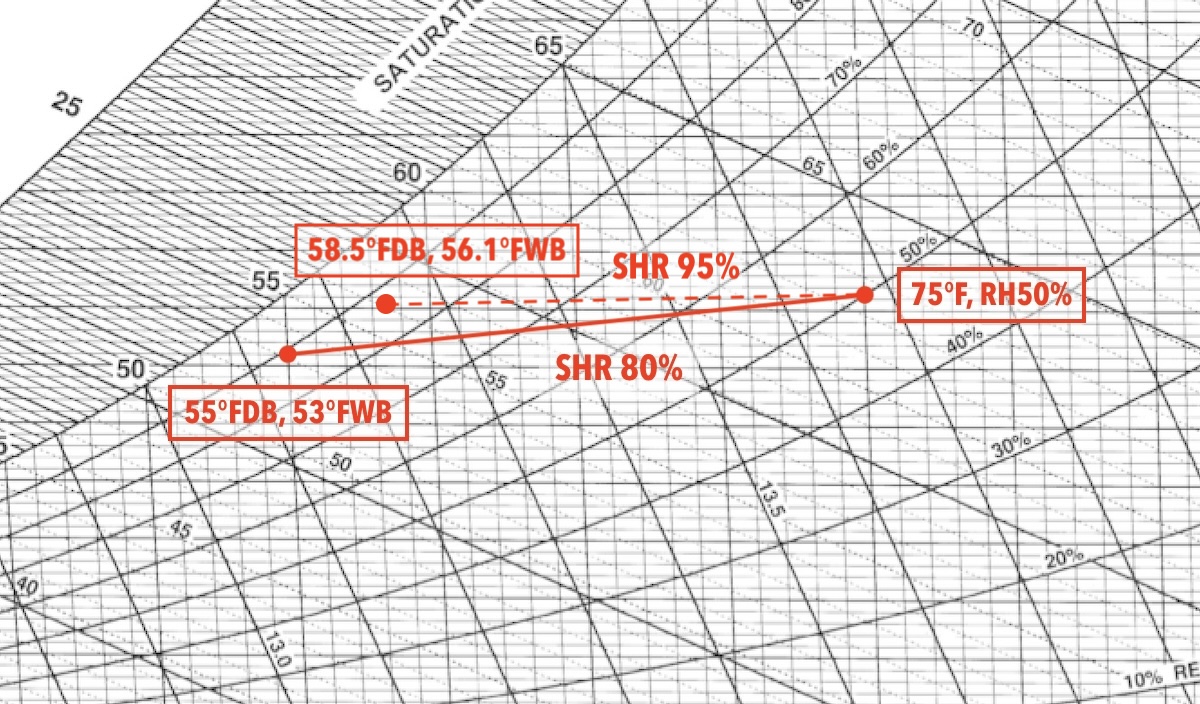
For the same room conditions of 75°F at 50% relative humidity, a sensible heat ratio of 95% will only require the supply air temperature to be 58.5°FDB and 56.1°FWB.
With a higher supply air temperature, a smaller cooling coil can be used. The overall cooling capacity is reduced because there is less moisture needs to be extracted thanks to low latent heat.
What Does Low Sensible Heat Ratio Mean?
When the sensible heat ratio is low, it means the latent heat is relatively higher. With a low sensible heat ratio, the supply air temperature must be decreased given the same target room conditions.
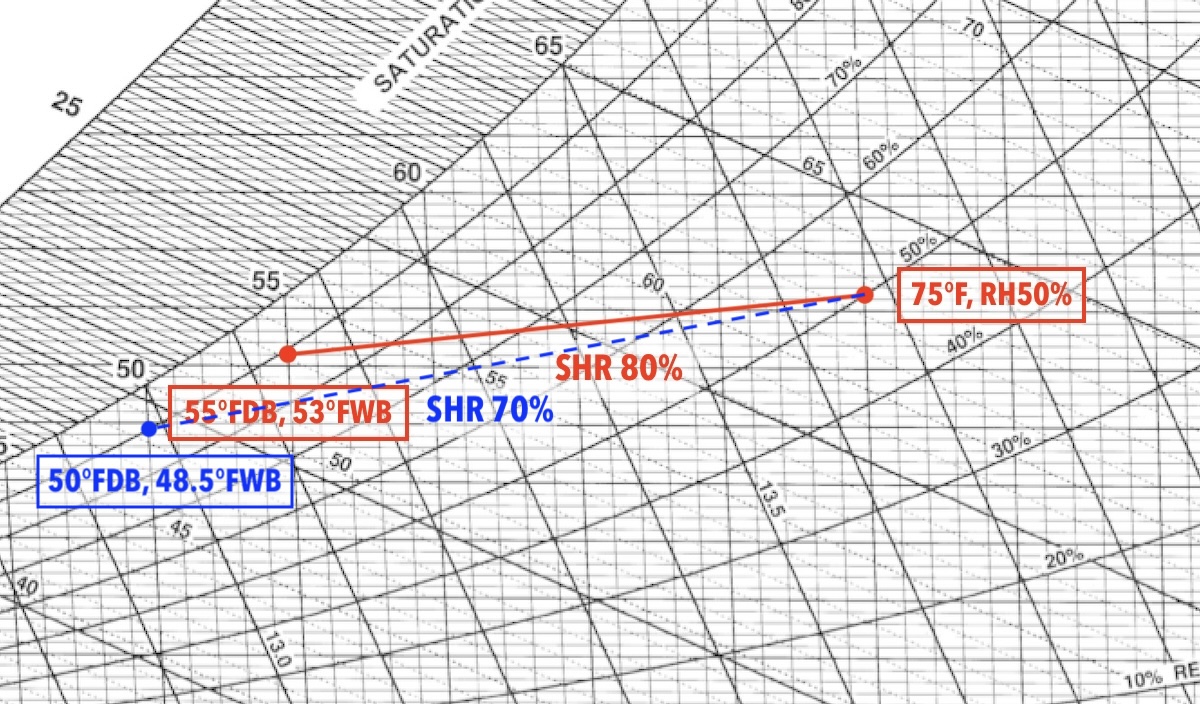
For the same room conditions of 75°F at 50% relative humidity, a sensible heat ratio of 70% will require the supply air temperature to be 50°FDB and 48.5°FWB.
With a lower supply air temperature, a larger cooling coil is needed. The overall cooling capacity is increased because there is more moisture to be extracted due to high latent heat.
However, the supply air temperature cannot be reduced indefinitely because it depends on the heat exchange medium such as refrigerant and chilled water.
In the case of chilled water, the typical chilled water supply temperature is 44°F. Given the heat exchange efficiency, the lowest air temperature may be around 50°F.
The 50°F supply air temperature is before the heat gain due to fan motor and duct losses. Often, the supply air temperature at the diffuser outlet can be as high as 55°F, a 5°F temperature rise due to the heat gains from the fan motor and supply air duct.
When a cooling coil is appropriately sized to overcome the high latent heat, the resulting room conditions can be achieved.
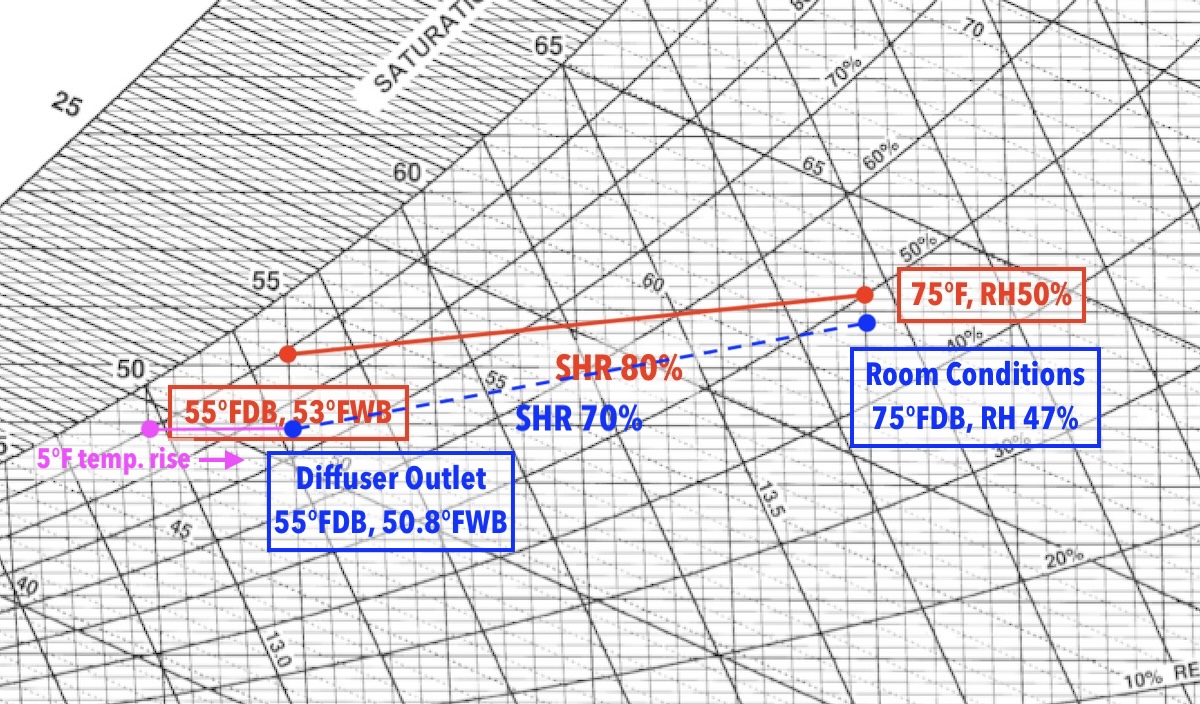
Therefore, sensible heat ratio is a very important metric to use when sizing cooling coils. Otherwise, we will not be able to tell if the target room conditions can be achieved.
Can Sensible Heat Ratio Be Negative?
Based on the sensible heat ratio formula, the sensible heat ratio can be negative if either sensible heat or latent heat is negative.
SHR = -SH / (-SH + LH) = -SHR
SHR = SH / (SH – LH) = -SHR
where,
SHR = Sensible heat ratio
SH = Sensible heat
LH = Latent heat
Negative sensible or latent heat occurs when the heat is leaving the system. It is also known as heat loss.
If you have anything to add (or ask) about this topic, leave a comment down below!


